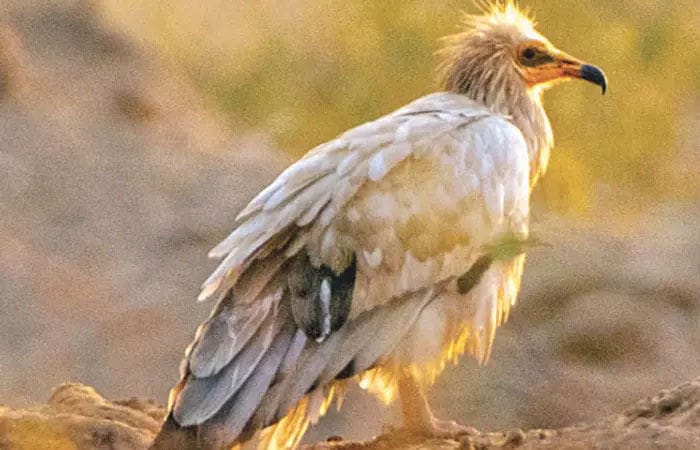Every year, the first Saturday of September month is celebrated as International Vulture Awareness Day (IVAD).
According to the census, there are only 999 vultures left in Gujarat. Among these, the white-backed vulture, which is on the verge of extinction, has a population of only 458.
Of these, the highest population of this vulture was recorded in Surendranagar district, which was 84. The district, rich in natural resources including stone, salt, kaolin, feldspar, and sand, is also home to lush forests and rare birds, adding to the beauty of Surendranagar.
Six of the eight species of vultures — Cinereous vulture, Egyptian vulture, Indian vulture, Long-billed vulture, Himalayan griffon vulture, and Eurasian griffon vulture — are found in Surendranagar.
At least four types of vultures are resident in Gujarat, and two more are migratory.
According to the latest census, the vulture population in Gujarat is as follows:
White-backed vulture: 458
Girnar vulture: 385
Long-billed vulture: 132
Mountain vulture: 24
The vulture, which once kept the environment clean as a scavenger, is now on the brink of becoming extinct. Reports suggest that species such as the white-backed vulture, the Girnari vulture, and the slender-billed vulture have seen their populations decrease by more than 95% worldwide.
Factors leading to vulture deaths
Aditya Roy, who has completed a PhD on endangered vultures and works as a coordinator for vultures in Surendranagar district, states that the white-backed vultures and their nesting sites were found in large numbers in the Patdi, Lakhtar, and Dhrangadhra regions of Surendranagar.
Additionally, the drug ‘Diclofenac’, administered to cattle for pain relief, has led to their deaths. Within just 72 hours of consuming the meat of these dead cattle, vultures suffer from kidney and liver failure, ultimately leading to their demise.



